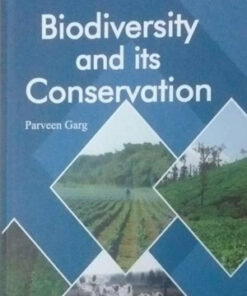Famines and Famine Relief:An Andhra Zamindari in 19thCentury
₹820.00 Original price was: ₹820.00.₹656.00Current price is: ₹656.00.
20 in stock
The 19th Century India provides interesting vistas for assessing the nature of the British colonial rule in the country and the Famine relief policies of the government amply reflect its apathy towards the natives. The present book, Famines and famine ReliefAn Andhra Zamindari in 19th Century, is about the numerous scarcities and famines that visited Punganur Zamindari from 1800 when the area came under the British control, up to 1900, when the last of the severe famines was recorded.The famines which occurred in Punganur present certain unique features both in their severity and also in the manner the relief was provided. During the early phases of the famines, a large number of ryots were forced to abandon their lands and leave the villages in search of a living. The starving people ate even the leaves and roots to keep the body and soul together. The Famine of 1891 marked the scarcity of not only food grains, but also fodder and water. As a result, cattle perished in large number. A new phenomenon that could be discerned in the 1896 famine was that the ryots started selling land at distress rates to the moneylenders and traders. There were also cases of migration of the Punganur ryots to places like Kolar Gold Fields and even far off Natal, in South Africa.While the relief works undertaken by the Zamindar were mostly related to the improvement of irrigational works, the government’s relief revolved around the laying of roads for the provision of transport facilities. Besides, there were also certain concessions shown by the government to the Zamindar with the hope that those concessions would ultimately percolate to the ryots.
| Author's Name | |
|---|---|
| Binding | |
| Release Year | |
| Language | |
| Publisher |
Related products
Reference
Reference
Reference
Reference
Reference
Reference











